New Jerusalem Children’s Home Midrand: A Sustainable Shipping Container Children’s Home in South Africa. The New Jerusalem Children’s Home Midrand stands as a powerful example of how innovative architecture can support vulnerable communities. Located in Gauteng, South Africa, this shipping container children’s home provides a nurturing, eco-friendly environment for abandoned, abused, orphaned, and HIV-positive children. With its use of repurposed materials and thoughtful design, the home has become a pioneering model of sustainable shipping container homes for orphans and one of the most innovative orphanage designs South Africa has seen.
Background: Vision Rooted in Compassion
Founded in 2000 by sisters Anna Mojapelo, a community developer, and Phina Mojapelo, a social worker, the New Jerusalem Children’s Home began with a single child in their care. Their vision was to create a long-term residential facility for children aged 0–18 who had experienced severe trauma or displacement.
Today, the home supports over 80 children and operates as a registered non-profit. The need for expansion led to the adoption of a modular building approach using shipping containers—reducing costs, promoting sustainability, and responding to local architectural challenges.
Design and Architecture: Sustainable Solutions with Shipping Containers
Designed by architect Sean Wall of 4D and A Architects, the project embraced modular construction using 28 repurposed shipping containers—a mix of 6- and 12-meter (20- and 40-foot) units. These were configured both vertically and horizontally to create a dynamic and functional layout.
Each residential unit accommodates twelve children and one house mother. Pairs of units share communal facilities, including kitchens, dining areas, lounges, and laundry rooms. This setup fosters a sense of community while maintaining manageable living scales.
Drawing inspiration from Adam Kalkin’s container architecture, the design team recognized the potential to transform standard containers into dignified, high-functioning homes. The choice to repurpose containers already on-site reduced material waste and supported the project’s eco-conscious mission.
Environmental Adaptation and Eco-Friendly Features
As an example of eco-friendly children’s homes Midrand residents can take pride in, the design integrates key environmental strategies:
Thermal insulation: Foam insulation within walls and ceilings is concealed behind internal drywall linings to enhance thermal comfort.
Passive cooling: Containers are raised on concrete plinths, encouraging airflow beneath the structure.
Orientation and shade: Strategic building orientation, timber screening, and green roof gardens mitigate heat gain in the hot South African climate.
Vegetable gardens: A permaculture garden supplements meals and serves as an educational tool for residents.
These features collectively reduce energy costs and contribute to the home’s low environmental footprint.
Cost and Practical Considerations
Compared to conventional brick-and-mortar construction, the container-based solution offered significant cost savings. The total cost for the new residential units was estimated at R1.5 million (approximately €145,000)—about 25% less than traditional methods. This budget-conscious approach enabled the organization to extend care to more children without compromising quality or safety.
Social Impact: Healing Through Design
The psychological impact of the design was a key consideration. The spaces are intentionally vibrant, colorful, and engaging, providing a supportive backdrop for children who have endured traumatic experiences. Unlike institutional environments, these homes aim to make each child feel valued and secure.
The container home includes diverse facilities such as:
A Montessori preschool
A crèche and nursery
Playgrounds and recreation spaces
A communal kitchen and dining hall
Together, these features form a holistic environment where children receive not only shelter, but also education, emotional care, and community support.
Looking Forward: A Model for Sustainable Orphan Care
The New Jerusalem Children’s Home Midrand continues to serve as a beacon for container orphanage South Africa developments. Its success highlights the potential of sustainable shipping container homes for orphans in resource-constrained settings.
As more regions explore innovative orphanage designs South Africa can adopt, this project provides a replicable model. Its achievements lie not only in its cost efficiency and environmental responsibility but also in its ability to restore dignity, stability, and hope to the lives of vulnerable children.
Courtesy Of: The New Jerusalem Children’s Home Four Design + Architecture
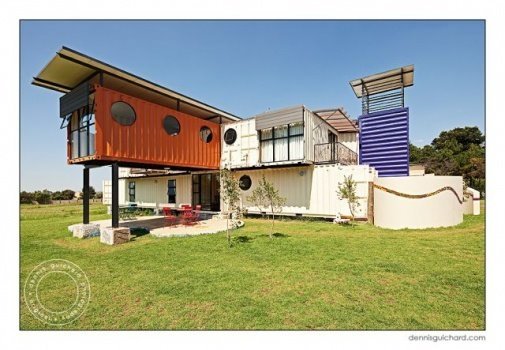

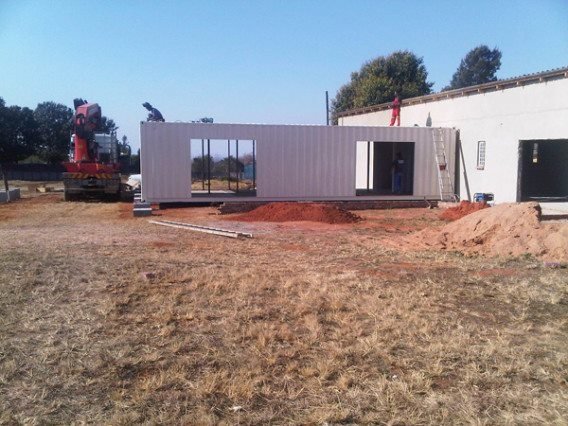
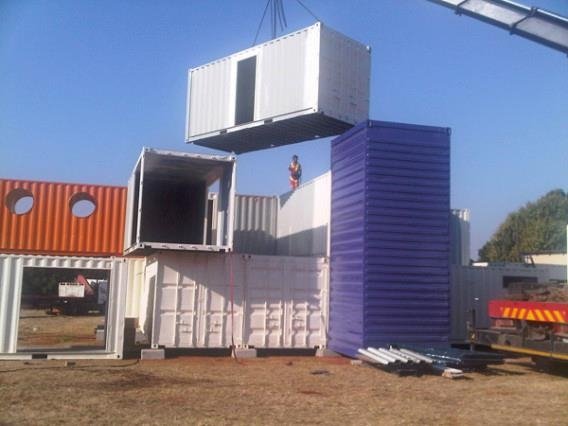


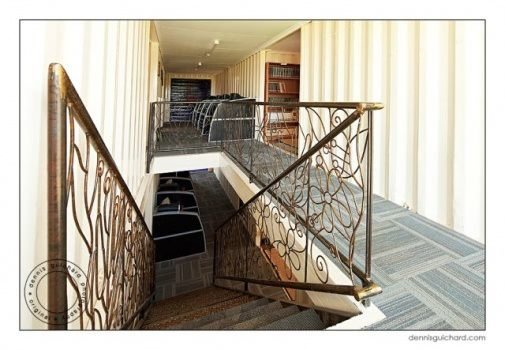
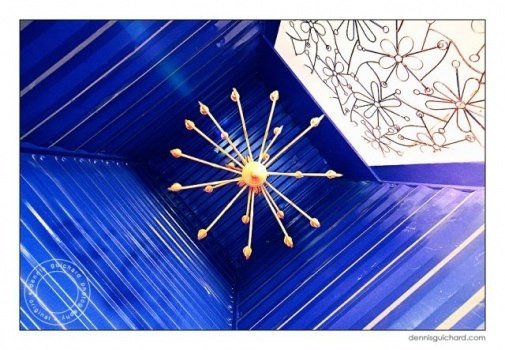

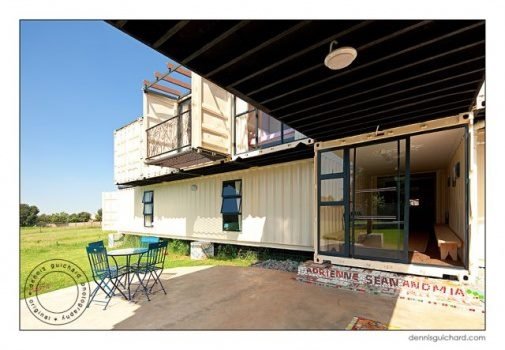
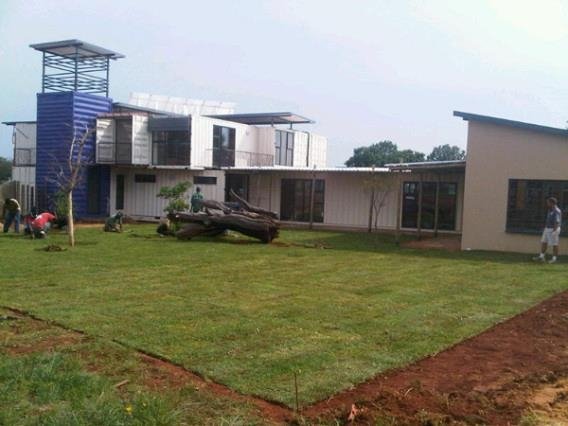
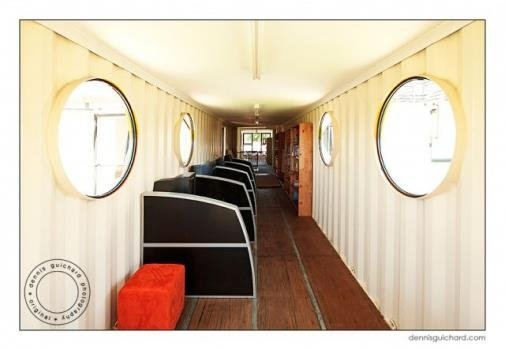
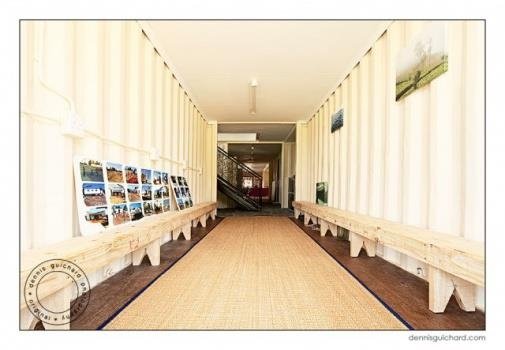
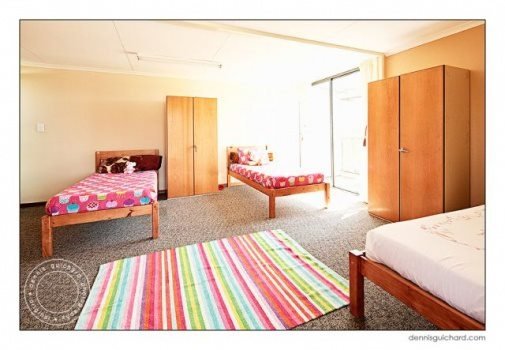

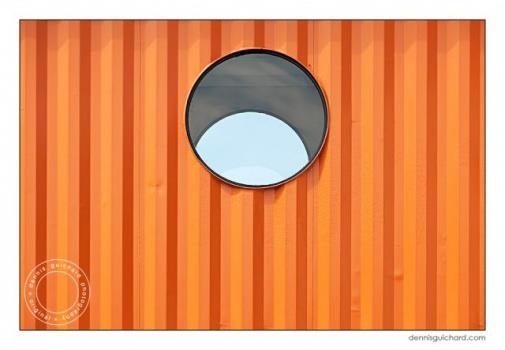
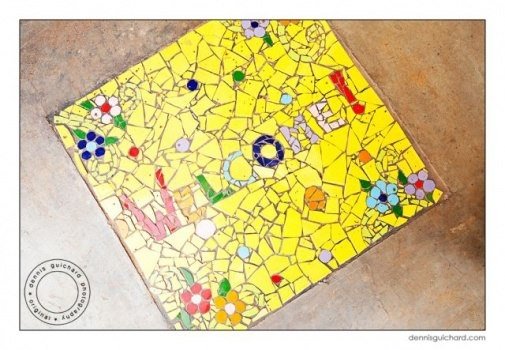
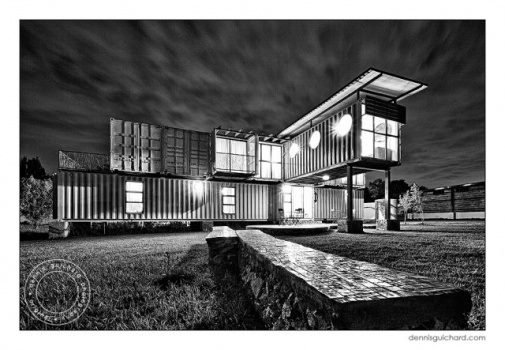
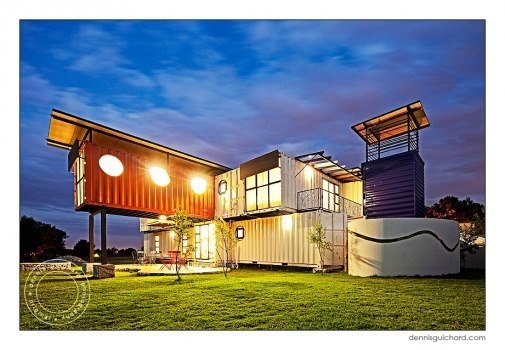
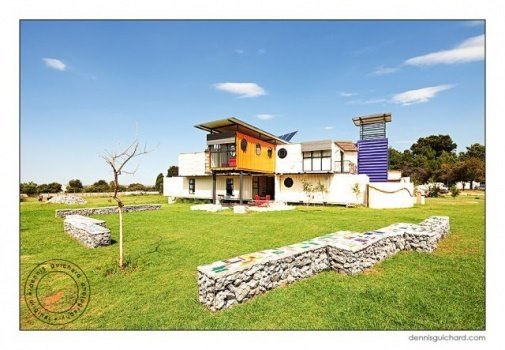
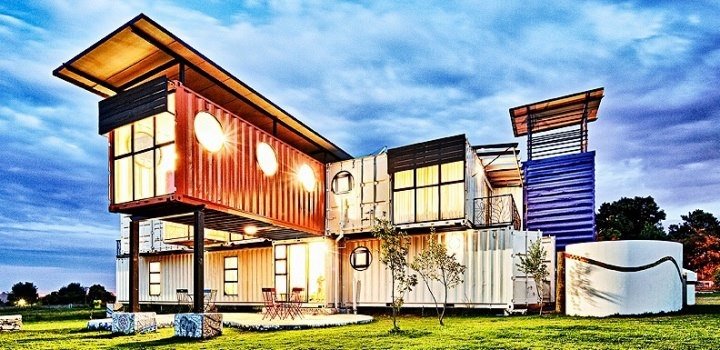
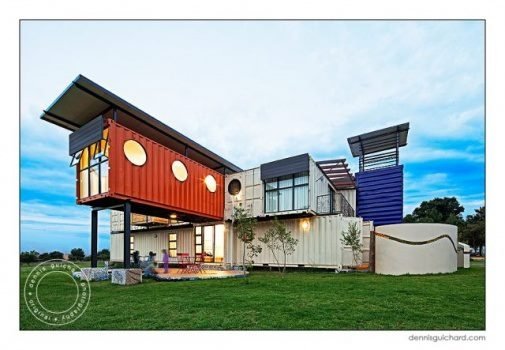
What a GREAT project! With the worldwide surplus of unused shipping containers why not utilize them in such a wonderful way. Great stuff 4D and A Architects and everyone else that helped with the project!